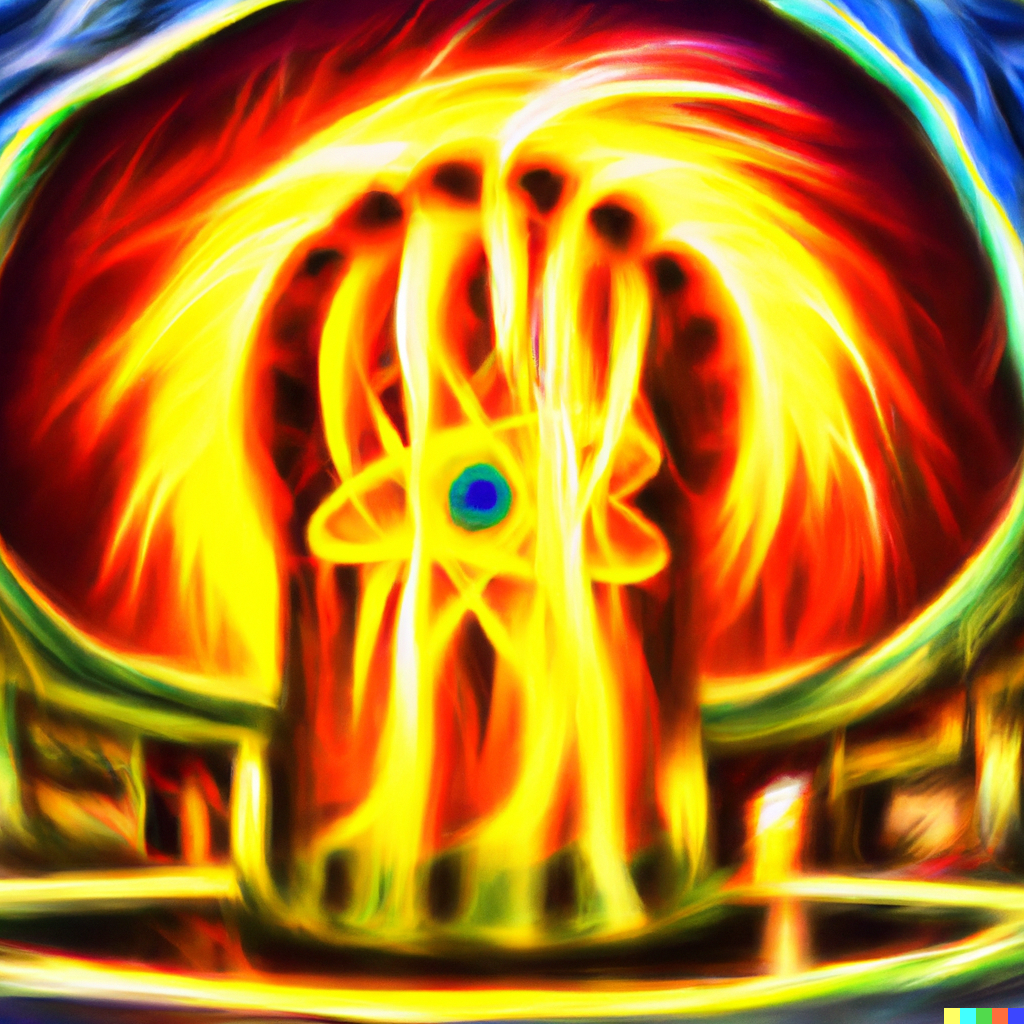
In turn, we use cookies to measure and obtain statistical data about the navigation of the users. You can configure and accept the use of the cookies, and modify your consent options, at any time.
The Power Of The Sun

There is an old saying in nuclear science: “Fusion power is 30 years away, and always will be.” The idea of controlled fusion power – the process that powers the Sun – as a cheap, plentiful and safe energy source here on Earth has been around since the middle of the last century. Yet despite early success stories, such as the invention of the Tokamak reactor in the 1950s, a workable fusion reactor has not been achieved through more than seven decades of research. What then seemed achievable in a few decades still seems at least a few more decades away – despite recent landmark breakthroughs in the United States, where it was announced that, for the first time, a fusion experiment had produced more energy than the energy used to jumpstart a reaction.
In short, fusion is a nuclear process that provides power by merging two light atoms into a single heavier one (usually with a neutron or proton as a by-product). It is hence the opposite of nuclear fission, which provides power by splitting heavy atoms into two lighter ones. A variety of fusion processes are used in current experimental reactors. The most common are the fusion of deuterium and tritium (hydrogen isotopes with one or two neutrons, respectively) into ordinary helium, and the fusion of deuterium and helium-3 (helium that lacks a neutron) into ordinary helium. Tritium and helium-3 are very rare in nature and must be produced in nuclear processes, usually requiring lithium, itself a rare resource. While helium-3 is rare on the Earth, it is common on the surface of the Moon, where it is constantly deposited by the solar wind. This has led to proposals for mining lunar helium-3 for use in reactors on Earth; an effort that supposedly is competitive with helium-3 produced from lithium, which shows how expensive that process is. Nuclear fusion does not in itself produce radioactive by-products, but some processes (like deuterium-tritium fusion) produce fast neutrons, which make the reactor shielding radioactive. Other processes (like deuterium-helium-3 fusion) are aneutronic and produce no radioactive waste at all.
Fusion in the Sun takes place in the core under extreme pressure and heat. It is impossible to create solar-core pressure on the Earth, so instead, the temperature in experimental fusion reactors is even higher than in the centre of the Sun – around 100 million degrees Celsius. Plasma this hot will evaporate anything it touches, so fusion reactors use magnetic fields to contain the plasma away from the reactor walls. This is no easy task, and workable fusion is limited by the ability to maintain high pressure and temperatures while safely containing the plasma. This has generally only been possible for a fraction of a second at a time. However, we have recently seen a couple of landmark breakthroughs. In December 2021, the Joint European Torus (JET) reactor broke records by sustaining fusion for 5 seconds, and a year later, the US National Ignition Facility (NIF), which uses powerful lasers to ignite fusion fuel, managed to produce half again as much energy as the lasers provided to ignite the fuel – though only for a tiny fraction of a second.
There is still a long way to go, though. The JET reactor had to put more than three times as much energy into the plasma as the fusion energy produced, and while the NIF fusion produced more energy than put into it by the lasers, it took a hundred times energy more than that to power the lasers. While these breakthrough results may have put us a little bit closer to fusion power, commercial fusion is probably still 30 years away – but maybe for real, this time. We can hope.
While we hope, we can still enjoy the power of the Sun when sunlight warms our faces on cloud-free days, while also providing power to the rapidly increasing number of solar panels covering roofs and fields across the world. Global solar power generation grows about 20% every year, which if sustained over the next 30 years will mean more than 200 times as much solar power as today. This is almost ten times the expected global energy consumption by 2050. Maybe, when viable fusion power finally becomes possible, we will no longer need it.

Become a Futures Membership Today
Broaden your horizon about future possibilities and stay updated on key trends and developments through: